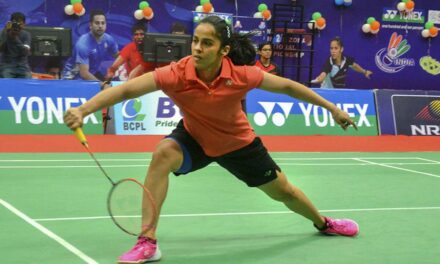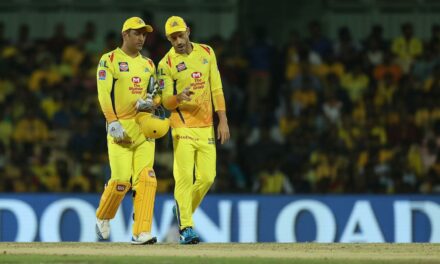
Cheteshwar Pujara: Going back to move forward
The most striking feature of Cheteshwar Pujara’s half-century in this series was his back-foot play and the use of the bowler’s pace to open up a square area on the other side.
As many as four of his nine boundaries in his 61 arrived behind point, one through point and another between cover and point. In effect, nearly 80 percent of all his boundaries were scored on the back-foot, at the slight hint of width outside the off-stump.
He needed a release, not just from the criticisms over his scoring rate, or lack of runs, or the related tendency to get stuck, but for the trench he had found himself. It was like he found himself safe and secure from the enemy bombing, repelling it, but didn’t know how to retaliate. He found liberation through the off-side. So, those same deliveries he would have otherwise left alone in the early half of his innings, he adeptly cut, glided and dabbed behind point, or even finer. Phew, a couple of times he pulled out the least Pujara like of stroke, the ramp over the slips-men!
It was not like he was devising an alternate route to score runs. A lot of these strokes could be found in highlights reels of most of his hundreds, only that they would appear much later in his innings. After he had soaked more than a hundred balls, or in his trademark second-half of the innings burst. He almost inverted his scoring pyramid. A trademark Pujara innings begins with extreme caution and then a flurry of boundaries. In both these innings, he began with a feast of boundaries and then embraced caution, with being over-cautious. As many as six of his nine boundaries had come before he had faced 50 balls (out of 127). Half of his 15 boundaries in Leeds were stuck before he faced his 60th ball (out of 189).
Perhaps over-conscious of nicking one, maybe spooked by the late movement the English bowlers could coerce, he had mostly shut the off-side and waited for those on the middle stump or further beyond. But apart from rare instances, like in the second innings in Leeds, English bowlers were thrifty with leg-side generosity. He rarely drives on the rise, which meant his scoring options were limited, and naturally the scoring rate would drop. Like he found out in both innings against New Zealand (8 off 54, 15 off 80) as well as in his painstaking 45 off 206 balls in Trent Bridge.
Wristwork
Cricket romantics don’t often rave about Pujara’s wrists, maybe the over-emphatic bottom-hand compromises much of its beauty. But he has pliant wrists that coordinates deliciously to both keep the ball down the ground as well as lift the ball over the slip cordon. Once he slit a minuscule gap between a wide third slip and gully off a Craig Overton delivery that was more back of length than short. The wrists were once again at the forefront when he upper-cut Chris Woakes. He arched his body a fraction, and used the bat as a springboard for the ball to bounce and over the keeper and slips-men. He had essayed a similar stroke against Ollie Robinson in the second innings in Headingley, a grander stroke because he picked it from closer to his body and Robinson was quicker and bouncier.
All of these came organically, not from preempting, and stemmed from a more flexible and calm mind. He barely made any technical tweaks, apart from opening up his body a bit to get more across. Significantly, he resisted the temptation to alter his natural methods. Whereas most of his colleagues stood outside the crease, he didn’t leave the comfort zone of his crease. The front foot would be a yard outside the crease while the back-leg remained half a yard inside it. The method helped him shift his weight to the back-foot seamlessly.
It was not a blind onslaught either, not the desperate endeavour of a man fighting to save his career. He was calculated in his approach. When facing James Anderson, he would barely play any stroke with a horizontal blade, and the English talisman barely afforded him anything too short. But Overton and Robinson offered him liberties, chiefly due to their natural lengths (which is back of length), their proclivity to bowl short but without the frightening pace of Jofra Archer or Pat Cummins.
It was not a coincidence that both knocks came in the second innings, on Day Three to be exact, when the bounce was at its best and lateral movement at its most dormant. He could trust the bounce and could exploit a preconceived notion against him, that he doesn’t look to play too many strokes behind square early on in the innings. It’s this mental flexibility to invert his approach around that illuminates the batsmanship of Pujara.

















